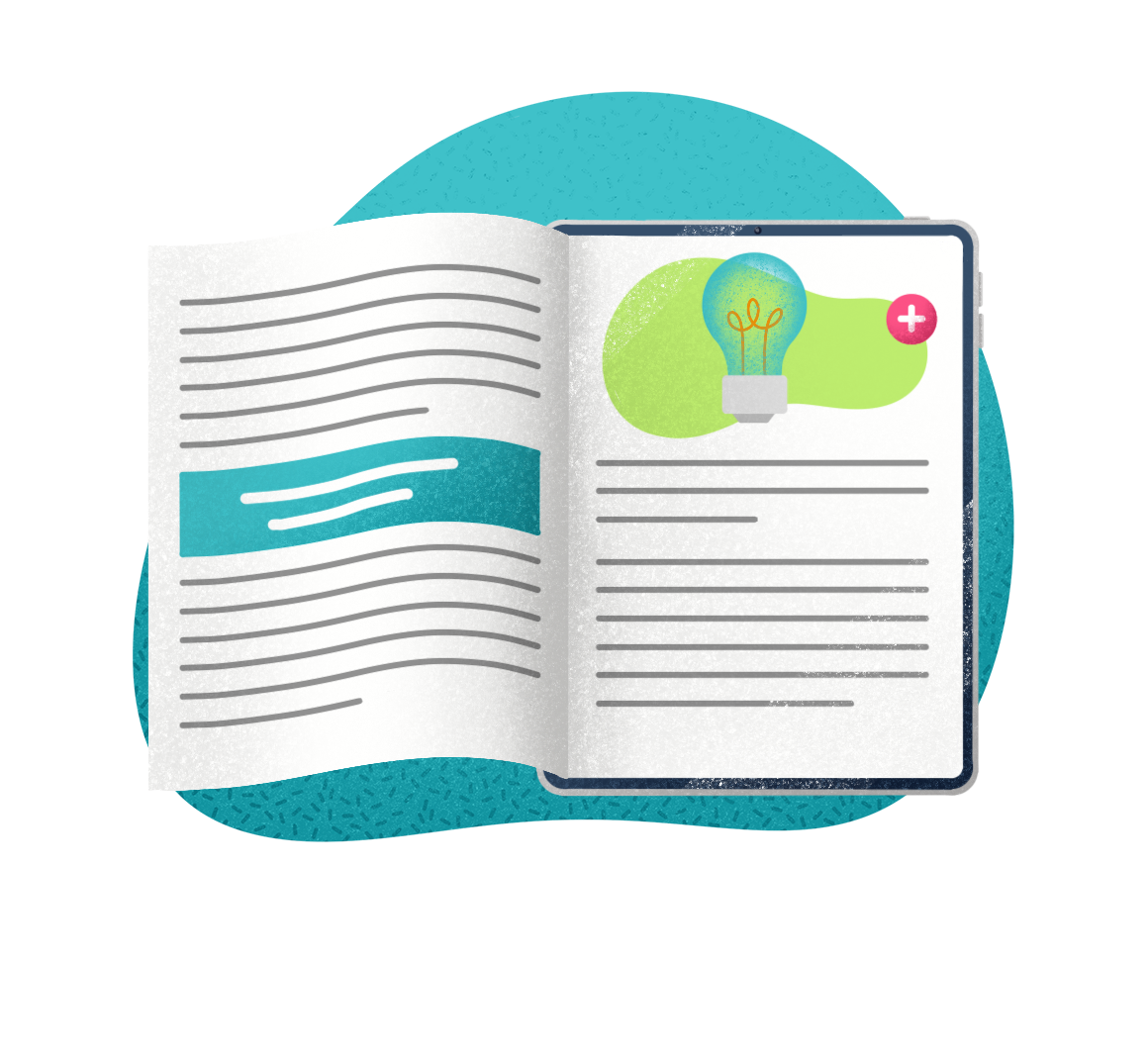As digital transformation is accelerating at a break-neck pace, business goals and the service desk are transforming with it. According to recent research, more than 60% of organizations are shifting or increasing their technology spend to pivot their businesses to the digital future.1 As a result, this digital transformation is changing ITSM.
As technology trends change, you might find yourself wondering how ITSM is still relevant in the digital age. A subtle shift in ITSM priorities can power change support this digital boom, which we will discuss in this post.
ITSM in the Face of Constant Digital Transformation
Pre-pandemic, 61% of organizations saw an increase in volume of support cases, with the number of support cases trending higher and higher in the post-pandemic “new normal”. This is due in part to the push for remote work and the tools to facilitate new goals that the pandemic created.
Organizations globally are approaching 2021 with cautious optimism and looking to re-ignite their business and capitalize on new opportunities. In fact, according to a recent research study conducted by IDC, direct digital transformation (DX) investment will reach $6.8 trillion in 2023, growing at 15.5% CAGR between 2020 and 2023 as companies build on existing strategies and investments, becoming digital-at-scale future enterprises.
Further, the same research predicts that by 2022, 70% of organizations will have accelerated the use of digital technologies, transforming existing business processes to drive customer engagement, employee productivity, and business resilience.
With this in mind, it is understandable that ITSM must grow and evolve with these changes. According to a global study by AXELOS, over half of IT service management (ITSM) and executive leadership in organizations understand the need for greater strategic alignment to make digital transformation a success.
Modernized ITSM can bridge the gap between the service desk of today and the service desk of tomorrow, all while positively impacting and supporting the push for digital transformation.
Use of Modern Support Technologies to Transform Operating Models
In order to support new operating models and create sustainable service delivery, modern support technologies should be put into place. There are four main areas of modern support which are part of the natural digital transformation and evolution in ITSM:
- AI/ML: Artificial intelligence (AI) and machine learning (ML) are major drivers in modern service management. AI on its own can power automation and AITSM but paired with machine learning it can create an intuitive experience that continues to improve over time. By analyzing user data, incident patterns, and search habits which are continually being input, the software will better understand user intent, predict future issues, provide relevant search results, and even interact via intelligent automation like AI powered chatbots.
- Intelligent Knowledge Management: Knowledge management isn’t a new concept by any means – but intelligent knowledge management is. Knowledge management goes beyond traditional Wiki articles Instead, it offers contextualized, guided knowledge delivery through several channels including MS Teams (and similar collaboration software), self-service web portals, and multiexperience apps.
- Agile Methodology/Processes: Agile ITSM is a growing trend. It is gaining so much popularity that it’s been predicted by Gartner that by 2023, 80% of ITSM teams that have not adopted an agile approach will find their ITSM practices being ignored or bypassed as a result of more agile ways of working being adopted elsewhere in the organization. Remaining agile will help keep ITSM and service desk teams on track to adapt quickly to digital transformations and future pivot projects.
- Human Element of Change: Humans don’t necessarily fall into the technology category, but they are a main area of modern support. In order to keep up with digital transformation in ITSM and at the service desk, there must be humans willing to change and adapt while bringing new ideas and feedback to the table.
Is AI Replacing Humans?
No! AI is meant to augment the human experience NOT replace them. We mentioned earlier that the human element is important in modern support, which means that above all else, humans are, and still should be, the center of everything you do. AI should only smooth the process for customers and agents, not replace them.
Still, Gartner predicts that by 2022, 70% of customer interactions will involve emerging technologies such as ML applications, chatbots, and mobile messaging, up from 15% in 2018. It’s even been said that in the future, more people will converse with chatbots than with their spouses. While that remains to be seen, there is no denying that AI and the impact on ITSM is great, as AI plays a major part in supporting human agents and customers.
Still not convinced? AI can reduce the number of Level-0 and Level-1 tickets, effectively freeing up agents to work on the higher priority and more complex tickets. Additionally, it can provide contextualized answers to help agents find the right information quickly while supporting their own customers (rather than replacing agents with AI on the customer end).
Service Desk Integrations Are the Present and the Future
When you get down to it, integrating modern technologies into the service desk has been the strategy of effective teams for years, and will continue to be the future. For example, integrating cloud technology into ITSM has kept service desks connected throughout remote work scenarios and major changes. Future ITSM trends indicate that integrations will continue to power the future.
Examples of these integrations include the above-mentioned AI and machine learning, cloud technology, and added IT chatbot support.
The Problem with Transformations
We have talked about the good that comes with digital transformation, but what about the problem areas? There are some natural growing pains to be expected within any new digital expansion, but the following potential problems can cause a ripple effect of issues throughout the organization.
Transformation In Name Only
We’ve all seen the service desk leaders who are all talk – this can be a big problem in digital transformation. If you are expanding existing tools but not transforming service delivery to match, it is transformation in name only which is neither effective nor helpful.
Overworked Service Desk due to New Technology Additions
The addition of new technology can create a growing workload for your service desk team and many may become overwhelmed and overworked. The solution? A modernized service desk. To dive deeper into ways to take the pressure off of your service desk, check out our guide, 5 Essential Steps to Modernize Your Service Desk.
Lack of Agility in the Service Desk
We mentioned that agility is important in the future of the service desk and ITSM as digital transformation occurs, but it should be noted that a lack of agility can become a problem. The inability to pivot and implement new ideas and feedback quickly, or to fail fast and fail forward, can hold the service desk and, by proxy, the ITSM tool back.
What is Organizational Change Management?
Digital transformations demand coordination and commitments from people inside and outside of the IT service desk. Because digital transformation is often accompanied by major structural or cultural changes within the company, many companies choose to utilize organizational change management (OCM). OCM is a framework for managing the effects of new technology, processes, or changes. It helps facilitate the cultural changes created by digital transformation. In other words, OCM manages the human aspect of digital transformation.
It’s worth mentioning OCM in this post because in order for digital transformation to reach its full potential, there has to be a cultural change. The fear of AI must be removed, and more than that there must be engagement if you want to impact adoption.
Change Versus Transformation: An Analogy
With OCM in mind, there is a bit of confusion about change versus transformation. Let’s examine their meanings and outcomes:Change uses external influences to modify actions. You can change your routine to modify the result of your day. You can change the technology to create a different type of interaction. But transformation modifies deeply held beliefs, so actions become natural, thereby achieving the desired result.
Let’s look at this as a practical example. To change your laptop to a new laptop might create a faster process. But, at the end of the day, you still work the same and use the technology in the same way. But to transform, you might use a new software on the laptop, discard deeply seeded beliefs about how you work and interact with coworkers, and how we resolve tickets or research problems. Think of how the cloud has impacted ITSM: we have transformed the way we connect because of cloud technology rather than merely adopting and using the technology change in the same way we used to use on-premise.
Start Your Digital Transformation Now
In short, change is reversible, but transformation isn’t. This is true in the service desk, digital transformation, and life. To learn how to facilitate a digital transformation in your organization, download this new research study from IDC.
You can also learn how EasyVista makes transformation easy by requesting a demo today.

Infographic – The status of SMB IT in 2026
Explore how AI, automation & integrated ITSM/ITAM are reshaping IT strategy—at every scale.


